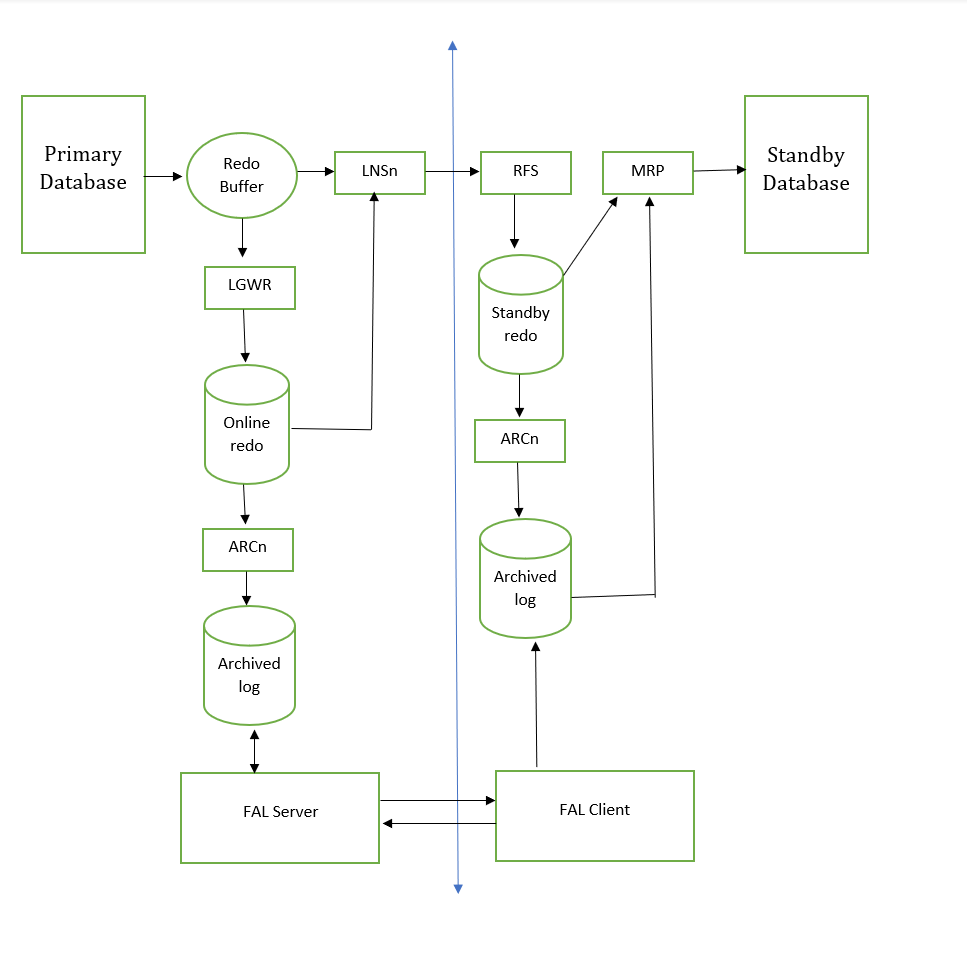This blog guides you through cloning a virtual machine, configuring it with a unique name, and ensuring it has unique MAC addresses. It also covers disk partitioning, attaching disks, and converting them to shareable for your Oracle RAC setup.
Read MoreIn this guide, we outlined the key steps for preparing your environment for Oracle RAC installation. This involved the installing necessary packages, and setting up user groups and directories. We also configured hostname resolution, firewall settings, and adjusted SELinux to ensure a smooth installation. After completing these steps, you can clone the VM for the next node.
Read Morelet’s configure the virtual machine for Node 1. Start by launching VirtualBox, where you’ll create a new VM specifically for this node. We’ll be installing Oracle Enterprise Linux (OEL) 7.7 on both of our RAC nodes.
Read MoreOracle Data Guard ensures high availability, data protection, and disaster recovery by maintaining standby databases as replicas of the primary database. To manage this, several background processes work behind the scenes to handle the real-time synchronization between primary and standby databases. Let’s explore the core components:
Read MoreThe Oracle Database Memory Architecture refers to the organization and management of memory resources within an Oracle database instance. It comprises various memory structures and components that collectively handle data storage, caching, and processing. These memory structures are designed to optimize performance, scalability, and reliability of the database system.
The primary components of the Oracle Database Memory Architecture are:
Read More


